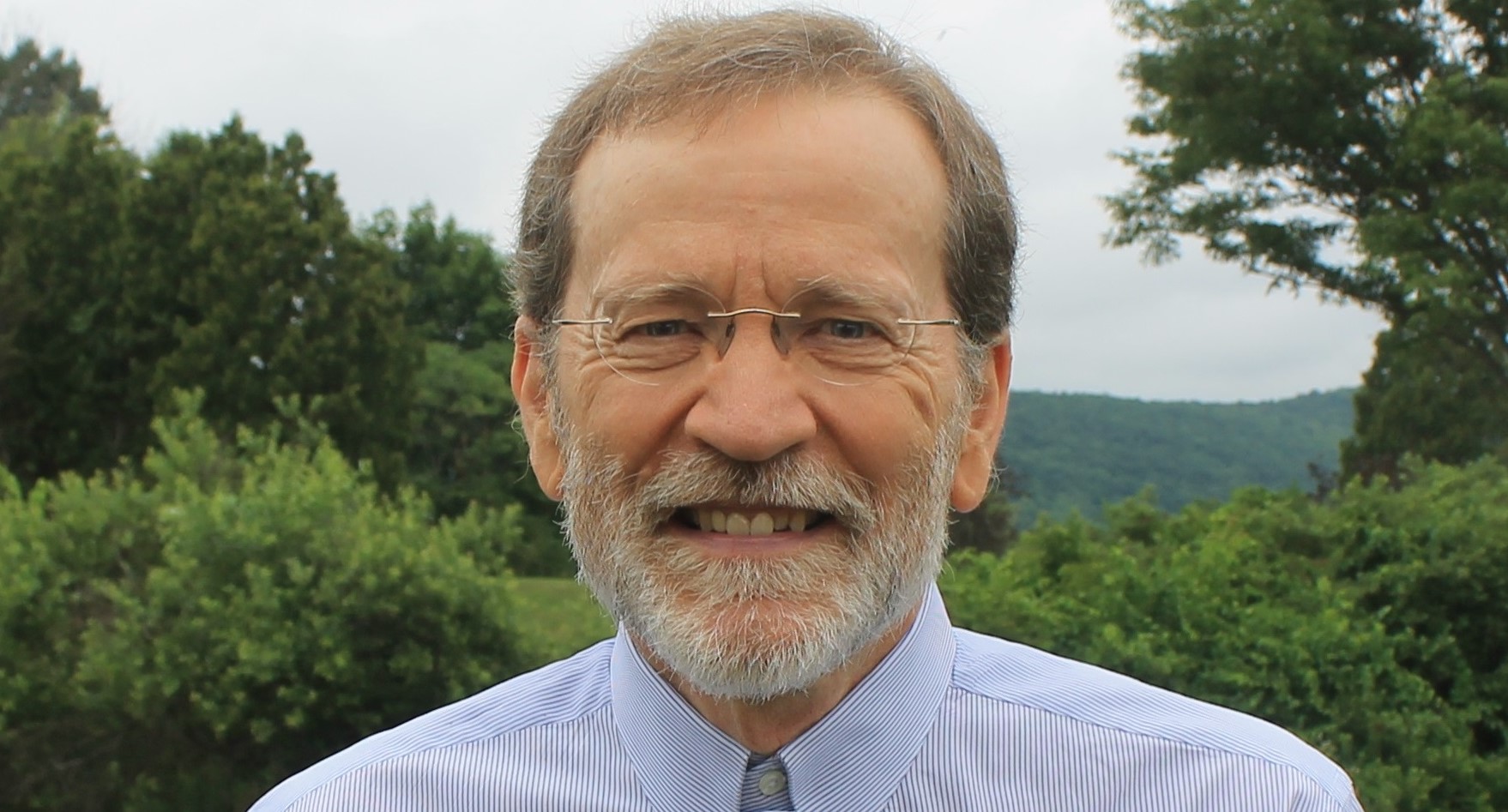Contrabortion, Vol. 2, No. 1, January/February, 1985
Room 317
Marcy Shefferman
[Director of the Lakes Region Crisis Pregnancy Center, Laconia, New Hampshire]
While working as an LPN in 1977, I held to the popular “open-minded” or so-called “pro-choice” view of abortion. It goes something like this: “Personally I think abortion is wrong, and I would never have one, but I would also never interfere with someone’s right to have one of they so chose.” That was easy to walk in at the time. It allowed me to speak out of both sides of the mouth.
But the Lord graciously tampered with me. I was then employed as a large women’s hospital in Florida, which had one of the most advanced neonatal intensive care units in the area. It was on the second floor. The delivery room was on the first floor where I worked, and the surgical ward was on the third. One wing of the surgical ward was dedicated to abortions.
My usual assignment was caring for the newborn — assessing their vital signs, eating habits, feeding and bathing them. One evening, however, there was a shortage of staff on the third floor, and the supervisor asked me to cover. Before the evening was over, I was assigned to monitor the “progress” of a 15 year old girl about to “deliver” her saline abortion in room 317.
Room 317 is indelibly marked in my memory. It was one of the most expensive rooms in the hospital, known as “The Suite.” It was complete with shag carpeting, coordinated wallpaper and bedspreads, a large picture window with drapes, and a large color television. This contrasted with the pain of the situation, with dim lighting which was purposed for this “type” of procedure. Such a darkening, which opposes the normal bright light for optimum visibility and safety, brings to mind Ephesians 5:11-13: “Have nothing to do with the fruitless deeds of darkness, but rather expose them. For it is shameful even to mention what the disobedient do in secret. But everything exposed by the light becomes visible.” I know that Scripture now, but didn’t consider it then.
This 15 year old was laying on her bed, trembling violently, eyes wide open as saucers, staring straight ahead. She was whimpering like a scared toddler after a nightmare. She never acknowledged my presence. Or the presence of her mother who stood tall and very sophisticated in the corner, staring out the window, chain-smoking cigarettes. She likewise didn’t utter a word, or even acknowledge my presence, her daughter’s, or the presence of her dead granddaughter now lying in the bed also, just aborted. A conspiracy of silence in the shadows.
Along with another nurse, already experienced with abortions, we quickly cleaned up the teenage mother, disposed of her baby in a white bucket, placing the child in a dirty utility room, net to dirty bed pans, old wound dressings, and other garbage. There were seven other buckets there, the result of one day’s work with saline. Each container had the name, sex, time of “delivery,” and weight written on the lid. This was the same information I was used to marking for newborns on the first floor. I’m not sure if it was sick curiosity, horror or rage that motivated me, but I then removed every lid and looked into the eyes of these discarded babies, and at their perfectly formed hands and feet. Many of them were not much smaller than my own premature daughter, born that year at the same hospital.
This then was a true picture of abortion, and I needed to see it for what it was. I needed also to repent. As I walked away from room 317, I remember thinking how pitiful the 15 year old girl was — feeling that abortion was not the solution for her, and feeling responsible for her pain, rather than feeling I had somehow helped to relieve it. And most of all I learned that abortion was a horror, that no one should be allowed the choice, and knowing I must fight it.
###


